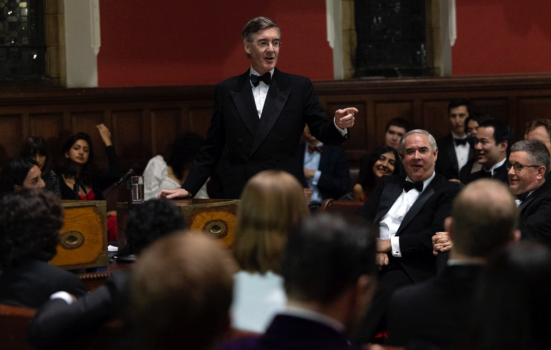A government review of public bodies will consider whether they should be retained or abolished as well as seeking efficiency savings of at least 5%.

Simon Dawson / No 10 Downing Street
Major institutions across the arts and culture sector will be required to set out plans for 5% cuts from their budgets as part of a new cost-cutting drive initiated by central government that could see some public bodies abolished.
The move will affect arm's-length public bodies sponsored by the Department for Digital, Culture, Media and Sport (DCMS) such as Arts Council England, the British Film Institute, the British Museum, the National Gallery, and Tate.
The Public Bodies Review Programme, launched by the Cabinet Office, will also require the DCMS to review its public bodies to assess whether their function should be delivered by the State, or whether an alternative, such as abolition, privatisation, or a merger is "more fitting".
READ MORE
- DCMS: Arts Council should be development agency
- Arm's-length policy at risk in 'contested heritage' debate
For those that continue to operate as an arm's-length body, the expectation will be that they meet the target of at least 5% reduction in government funding within one to three years.
Abolished or retained
Jacob Rees-Mogg, Minister of State for Brexit Opportunities and Government Efficiency, said: "Taxpayers' money should be spent efficiently and on worthwhile areas. It’s right then that we should always look at public organisations and whether they are delivering for the British people."
"Reviews will consider whether the body should be abolished or retained; whether it should continue to deliver all of its functions; and whether it has an effective relationship with its department.
"The outcome of this work should see powers returned to accountable ministers, greater efficiency and where appropriate, the state stepping back both financially and from people’s lives.
"Bodies will make the most of Brexit opportunities, reflect the society they serve, improve their use of data and work as a coherent system rather than in silos.
"I know departments and their public bodies will welcome this opportunity to ensure they are match fit."
Since 2010 the number of arm's length bodies across all government departments has more than halved as a result of the Public Bodies Reform Programme also known as the "bonfire of the quangos" which ran from 2010 to 2015, and the Tailored Review programme, which ran from 2015 to 2020.
In 2010 the number stood at around 800 but had fallen to 295 by 2020. DCMS currently works with 46 public bodies and agencies.
'Highest risk'
Departments have been asked to prioritise the review process by focusing first on those bodies of "highest risk". Consideration will be given to a range of factors such as the views of government ministers, or whether the body's delivery, performance or operations have been affected by an external event such as the Covid pandemic, or a change of leadership.
Concerns have previously been raised that government support for organisations could be affected by the so-called "culture wars".
Last October, former Culture Secretary Dowden warned museums against removing statues of controversial historical figures like slave traders and suggested doing so would lead to funding cuts.
Arts Council England, which received £492m from the DCMS in 2019/20, declined to comment on the review programme, stating that it has yet to be briefed on it by government.




